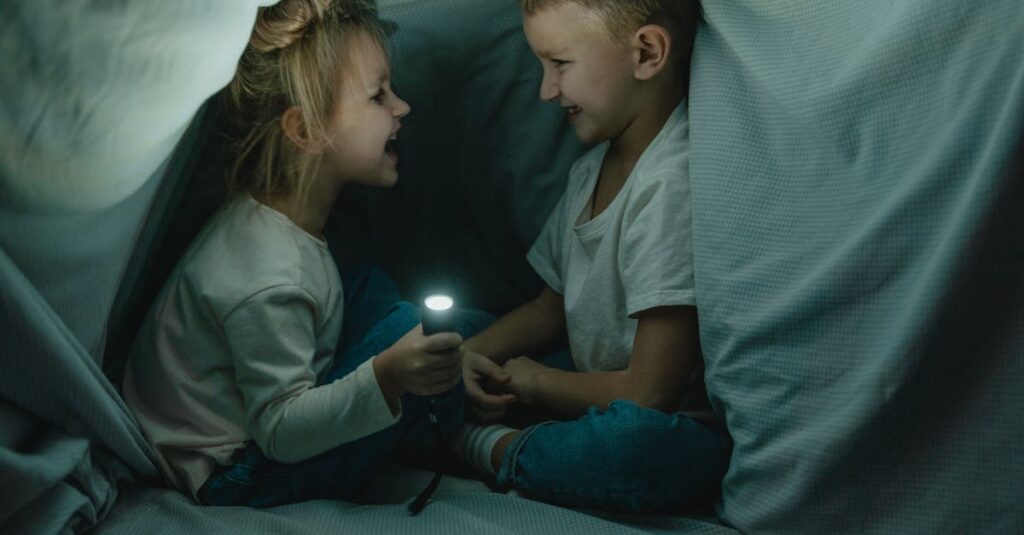Why the Good Samaritan Story is Great for Kids
The Good Samaritan story is timeless. It’s filled with compassion and kindness—just what kids need today!
Exploring this story with your kids in Sabbath School opens rich discussions. Imagine explaining love and tolerance at a young age!
Preschoolers are natural storytellers, and this adventure lets their imaginations soar. Dive into tales of old with young learners!
This story also helps them understand empathy, which is crucial for their emotional development. It’s a perfect blend of moral lessons and fun.
And who doesn’t love a good story time? Each little learner can find part of themselves in the Good Samaritan.
In summary, the Good Samaritan story is not just a tale but a tool for growth and learning. Share it with your children to inspire kindness and empathy in their lives!
Making Lessons Fun with Dramatic Play!
Bring stories to life with dramatic play! Kids love acting. Have them wear simple costumes and pretend they’re characters in the story. They can take turns being:
- The Good Samaritan
- The traveler in need
- The unkind passersby
This activity helps them step into others’ shoes. Add humor! Kids giggling while pretending to be flawed characters and then rescuers—priceless. These dramatizations are excellent for embedding moral lessons. It’s wonderfully chaotic but educational.
Remember to guide them gently and let their acting instincts lead the way while nudging them towards understanding empathy.
Craft and Creativity: Bringing the Story to Life
Unleash creativity and curiosity with crafts. Remember those childhood art classes? Every crayon and bit of glue became masterpieces!
Help your kids make story scenes on paper plates or simple puppets with socks. Little figures representing the traveler and the Good Samaritan make storytelling tangible. When kids draw or craft, they’re learning! A hands-on approach helps solidify these lessons more than theory ever could.
Let them go wild with colors and scissors (with supervision, of course). Art helps keep things fun while embedding the lesson’s essence. It’s a perfect blend of creativity and education.
Emotional Learning: Empathy and Kindness
Kids’ emotional worlds are big, aren’t they? Teaching empathy and kindness might seem like a task for later years, but start now!
The Good Samaritan story opens emotional doors gently. Discuss feelings during the story:
- Was the traveler frightened?
- How did the helper feel?
These open questions encourage children to think and connect with emotions. Recognizing and discussing feelings is healing and helps kids build their emotional vocabulary.
Parents, observe how effortlessly they discuss emotions. Kids are comforted when they can express feelings. This story is a perfect gateway for these complex emotions.
Parental Guides: Keep the Lessons Going at Home
Inspiring stories like this don’t end in class. Keep the kindness flowing at home! Create a family challenge: try one act of kindness a day inspired by the Good Samaritan’s deeds. Document these acts in a kindness journal.
Handy tip: Encourage kids to share stories at dinner, keeping them excited about kindness.
Bring Story Time into Your Living Room!
By leading by example, you’re sowing empathy day after day. Discuss real-life Good Samaritan moments and encourage sharing moments from their day that embody these principles. Kids love being part of a mission!
Interactive Storytelling: Let the Kids Lead
Kids revel in leading stories. Once they’re familiar with the Good Samaritan, let them retell it! Interactive storytelling boosts confidence and understanding.
Offer props—not just for accuracy, let creativity run! Maybe the traveler is a purple alien on a skateboard or the Good Samaritan is a superhero. Encourage these changes, breathing life into old tales.
Adults join as extras in their dramatized tales. Interaction is key. You’ll notice kids adapting lessons to new and unique contexts, reinforcing those moral messages.
Encourage questions and insights—they surprise us with their perceptions!

